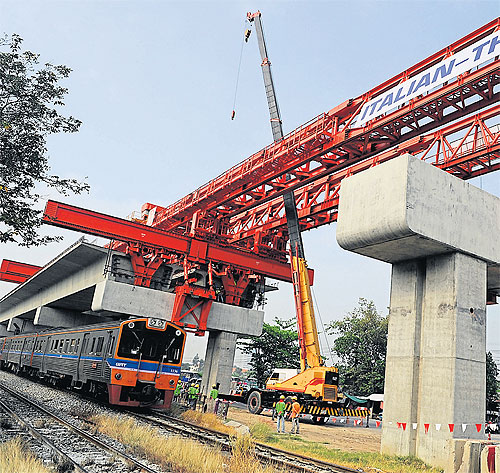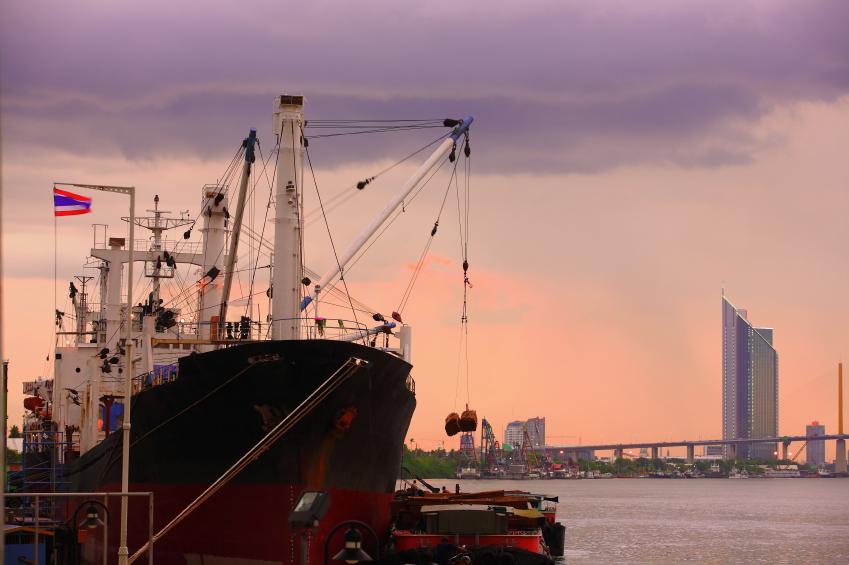International concerns about Lao’s plans to massively dam the Mekong River and its tributaries have again been brushed aside by the authorities in Vientiane who have announced new contracts worth about $1.0 billion to build three dams.
The dams will feed a hydropower plant on two tributaries of the Se Kong River, just 100 kilometers from Laos’ southern border with Cambodia. The Se Kong flows into the Mekong from the Bolaven Plateau which then feeds into the Lower Mekong Delta.
However, no environmental impact assessments are known to have been done and the incident has further stoked tensions between Laos and conservation groups and regional countries already angered with Vientiane and its attitude towards the construction of the U.S. $3.8 billion Xayaburi Dam to be built 150 kilometers downstream from the old royal capital city of Luang Prabang,
The Xe-Namnoy will be constructed by South Korean firm SK Engineering & Construction and will be aimed at producing 400 megawatts of electricity from water flowing from a height of 630 meters.
According to media reports, SK Construction expects to earn about U.S.$30 million a year from fees while the South Korean state-run firm Korean Western Power will operate the dam until 2045. After that control will be handed over to Laos.
More importantly, conservationists now say that Laos intends to build more than 70 dams along tributaries of the Mekong River, significantly higher than previously thought.
Plans for a possible 11 dams have long been known, but International Rivers says that of the 70 dams, eight were currently under construction on the Xe Kaman and Xe Kong rivers, another 15 are intended for the Sekong River basin and a further seven on the Nam Ou River.
Laos is enjoying a purple patch. The upcoming Asia-Europe Meeting (ASEM) will be the most important diplomatic event in Laos since the communist takeover in 1975. It is also on the verge of joining the World Trade Organization (WTO). Massive rail, road and airport projects are also in the works.
And authorities are convinced the tiny landlocked country will get rich quick by turning itself into the “battery of Asia” using its steep mountains and caverns and the abundant rivers that flow through them to feed hydropower plants which will produce enough electricity to allow Laos to export it to its neighbors.
However, independent reports on food security have been consistent. One prepared by the International Center for Environmental Management for the Mekong River Commission (MRC) found that 11 dams could cut fish resources by more than 40 percent.
The impact of 70 dams on the 60 million people who depend upon the Mekong for their livelihoods is impossible to measure at this stage and getting straight answers out of any of the countries involved has proven almost impossible.
The Mekong River countries– Thailand, Cambodia, Laos and Vietnam– had agreed last December not to proceed with Xayaburi until a trans-boundary impact study was made among the communities living downstream.
The World Wildlife Fund and International Rivers want Xayaburi scrapped, labeling it an environmental disaster that will alter the river’s patterns and impact on fish catches. This came amid increasing concerns over Chinese dams built further upstream that have already been blamed for recent droughts along the Mekong with water shortages causing conflict within farming communities.
Pressure from the United States and Australia – both significant financial backers of the MRC – added to the momentum over Xayaburi. Japan offered to fund the impact study but to date it has not been initiated. Laos paid lip service to these concerns but proceeded with construction anyway.
This probably has more to do with Thailand. Thai company C.H. Karnchang has been contracted to construct the 1,206-megawatt Xayaburi dam over the next eight years while the Electricity Generating Authority of Thailand (EGAT) will buy 90 percent of the power on completion.
90 percent of the electricity generated at Xe-Namnoy will also be sold to Thailand while some reports suggest deals are being made to sell power to Cambodia.
This has changed the geopolitical makeup of the region with deals between Laos and Thailand upsetting traditional ties between Laos and Vietnam. Hanoi – with food security in the Mekong Delta as its primary concern – had been unusually vocal in its opposition to Xayaburi.
The controversy has also left its mark on the other side of the world. Finnish engineering company Pöyry Group produced a report claiming designs for Xayaburi had met dam construction standards as laid down by the MRC. Cambodia and Vietnam rejected the report a year ago.
Pöyry was then forced to issue a public statement denying allegations made in a complaint filed to the Finnish government by 15 civil society groups claiming Pöyry had engaged in unethical behavior in the Mekong region.
They said Pöyry’s actions had violated OECD guidelines for Multination Enterprises, a global standard for corporate responsibility that all Finnish companies are obliged to adhere to.
Further, under the Laos government’s own laws regulating development projects it must publicly release all assessments made on such projects. Failure to release any reports on Xe-Namnoy would be a breach and should be a major concern for contractors and bankers prepared to sign off on the deal.
Only Laos seems unequivocal in its right to get rich quick by damning the Mekong. Few others with any modicum of common sense seem to agree.
Source: http://thediplomat.com/2012/11/01/laos-is-damning-the-mekong-river/


